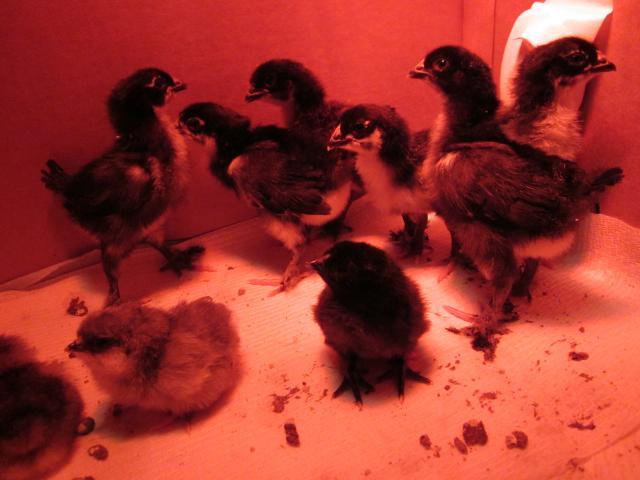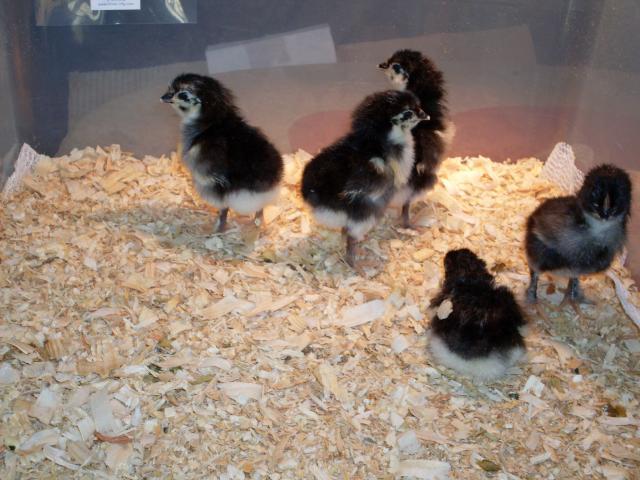- Thread starter
- #231
- Sep 28, 2008
- 4,801
- 18
- 376
wow.. those splashes are sure nice.. Looks like Bev's line.. SWEEEET... I miss my splash... DRAT
and the babies..OMGosh the cute stage... Frightful amount of snow but I would love to play in it for a day or two... Fabulous photos..
and the babies..OMGosh the cute stage... Frightful amount of snow but I would love to play in it for a day or two... Fabulous photos..







